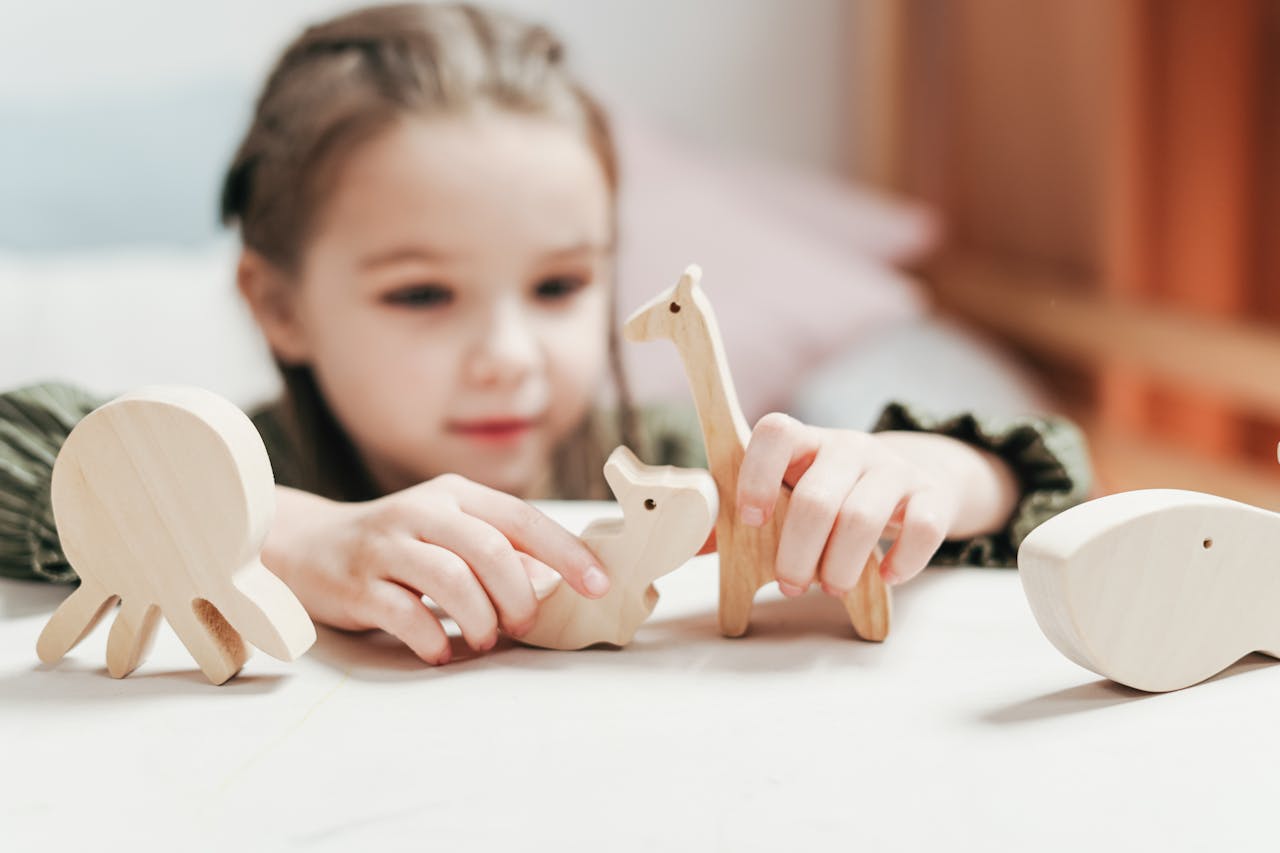Jaundice is a common condition in newborns, and understanding how to recognize and treat it is essential for every parent. At Gentle Pediatrics, we prioritize your child’s health by offering expert guidance and tailored care when it comes to conditions like newborn jaundice. This blog provides in-depth, pediatrician-approved insight into what jaundice is, how to identify it early, the best treatment options, and when you should seek professional help.
What is Jaundice in Newborns?
Newborn jaundice is characterized by a yellow tint to the skin and eyes. It occurs when there is a high level of bilirubin in a baby’s blood. Bilirubin is a yellow substance produced during the normal breakdown of red blood cells. Since newborns have more red blood cells and their livers are still maturing, it’s common for bilirubin to build up, leading to jaundice.

Why Early Recognition Matters
Recognizing jaundice early is vital for timely treatment. If left untreated, high bilirubin levels can lead to severe complications, including brain damage. That’s why it’s critical to know what signs to look for in the early days after birth.
Signs and Symptoms of Newborn Jaundice
- Yellowing of the skin and whites of the eyes
- Poor feeding or sucking
- Unusual sleepiness or difficulty waking
- High-pitched crying
- Dark yellow urine (a sign of severe jaundice)
These signs usually appear between the second and fourth day of life. At Gentle Pediatrics, we emphasize the importance of observing your newborn closely in these early days.
When is Jaundice Considered Normal?
Physiological jaundice is considered normal and appears in more than half of newborns. It typically shows up 2-3 days after birth and resolves on its own by 1-2 weeks of age. However, any form of jaundice should still be evaluated by a pediatrician.
Types of Newborn Jaundice
- Physiological Jaundice: The most common type, usually harmless.
- Breastfeeding Jaundice: Occurs when a baby isn’t feeding well.
- Breast Milk Jaundice: Linked to substances in breast milk that can slow down bilirubin processing.
- Pathological Jaundice: May appear within the first 24 hours of life and is often linked to underlying medical issues such as blood group incompatibility.
How Pediatricians Diagnose Jaundice
At Gentle Pediatrics, we use a combination of visual inspection and diagnostic tools like:
- Bilirubin meter (transcutaneous measurement)
- Blood tests (serum bilirubin level)
- Comprehensive physical examination
If you’re already bringing your baby in for newborn screenings, as highlighted in our post on The Importance of Newborn Screening Tests, it’s a perfect time to check for jaundice as well.
Treatment Options for Newborn Jaundice
- Phototherapy:
- Most common treatment where the baby is placed under a special light that helps break down bilirubin.
- Eye protection and regular monitoring are part of the process.
- Feeding More Frequently:
- Increases hydration and bowel movements to help flush out bilirubin.
- Supplementation:
- If breastfeeding is inadequate, formula supplementation may be recommended temporarily.
- Exchange Transfusion:
- In severe cases, the baby’s blood may be replaced to remove excess bilirubin.
Why Gentle Pediatrics is Your Trusted Partner
Our clinic combines advanced medical technology with compassionate care. Whether you’re visiting for a wellness check-up or concerned about jaundice, we ensure your baby receives the best treatment available.
Prevention and Parental Involvement
- Ensure your newborn is feeding well and regularly.
- Attend all scheduled wellness checkups.
- Watch for early signs of jaundice at home.
- Ask your pediatrician for bilirubin screening if you’re concerned.
We advocate for educating parents on the critical role they play in early detection and treatment. We also recommend keeping up with your child’s vaccination schedule, as immunized children are less likely to face severe complications from other infections that might worsen jaundice.
Jaundice and the Importance of Timely Pediatric Care
Some parents mistake jaundice for “normal baby coloring.” That’s why regular pediatric visits are crucial. Our experienced team at Gentle Pediatrics can differentiate between benign and concerning jaundice quickly and safely.
We also stay updated on important public health advisories, like the recent Texas Measles Outbreak, which underscores the importance of preventative care. Pediatricians are your front line of defense in recognizing such conditions early.
Common Myths About Newborn Jaundice
- Myth: Only breastfed babies get jaundice.
- Fact: Both breastfed and formula-fed babies can develop jaundice.
- Myth: Jaundice is always serious.
- Fact: Most cases are mild and resolve without treatment.
- Myth: Sunlight is a reliable treatment.
- Fact: Sunlight exposure is not a safe or recommended method of treatment.
FAQs About Jaundice in Newborns
Q: Is jaundice contagious?
A: No, jaundice is not contagious. It is a physiological process related to bilirubin levels.
Q: Can jaundice return after treatment?
A: In some cases, yes. Continuous monitoring is advised.
Q: Can jaundice affect brain development?
A: If untreated and bilirubin reaches extremely high levels, it can cause a condition called kernicterus, which affects the brain.
Book an Appointment with Gentle Pediatrics

If your newborn shows signs of jaundice or you just want peace of mind, book an appointment with Gentle Pediatrics today. We offer:
- Comprehensive newborn health evaluations
- In-office bilirubin testing
- Individualized treatment plans
Don’t wait for symptoms to escalate. Contact us now to ensure your baby gets the best care from the very start.
Recognizing and treating jaundice in newborns requires both awareness and action. With professional support from your pediatrician and informed parental observation, jaundice can be managed safely and effectively. At Gentle Pediatrics, we are committed to guiding families through each stage of their child’s health journey with expertise, care, and compassion.
Your child deserves expert care from the very beginning. Trust Gentle Pediatrics to be your partner in newborn wellness, from jaundice management to comprehensive health services.
